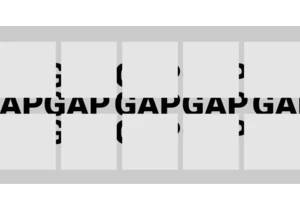State machines are typically expressed on the web in JavaScript and often through the popular XState library. But the concept of a state machine is adaptable to just about any language, including, amazingly, HTML and CSS. In this article, we’re going to do exactly that. I recently built a website that included a “no client JavaScript” constraint and I needed one particular unique interactive feature. The key to all this is using and elements to hold a … Read article “A Complete State Machine Made With HTML Checkboxes and CSS”
The post A Complete State Machine Made With HTML Checkboxes and CSS appeared first on CSS-Tricks. You can support CSS-Tricks by being an MVP Supporter.
https://css-tricks.com/a-complete-state-machine-made-with-html-checkboxes-and-css/
Login to add comment
Other posts in this group

Styling the space between layout items — the gap — has typically required some clever workarounds. But a new CSS feature changes all that with just a few simple CSS properties that make it easy, ye

Being the bad boy I am, I don't take Tailwind's default approach to cascade layers as the "best" one. Over a year experimenting with Tailwind and vanilla CSS, I've come across what I believe is a b


KelpUI is new library that Chris Ferdinandi is developing, designed to leverage newer CSS features and Web Components. I've enjoyed following Chris as he's publishe

The CSS if() function enables us to use values conditionally, which we can already do with queries and other functions, so I’m sure you’re wondering: What exactly does if()

The CSS if() function was recently implemented in Chrome 137, making it the first instance where we have it supported by a mainstream browser. Let's poke at it a bit at a very high lev

Zell discusses refactoring the Resize, Mutation, and Intersection Observer APIs for easier usage, demonstrating how to implement callback and event listener patterns, while highlighting available o
